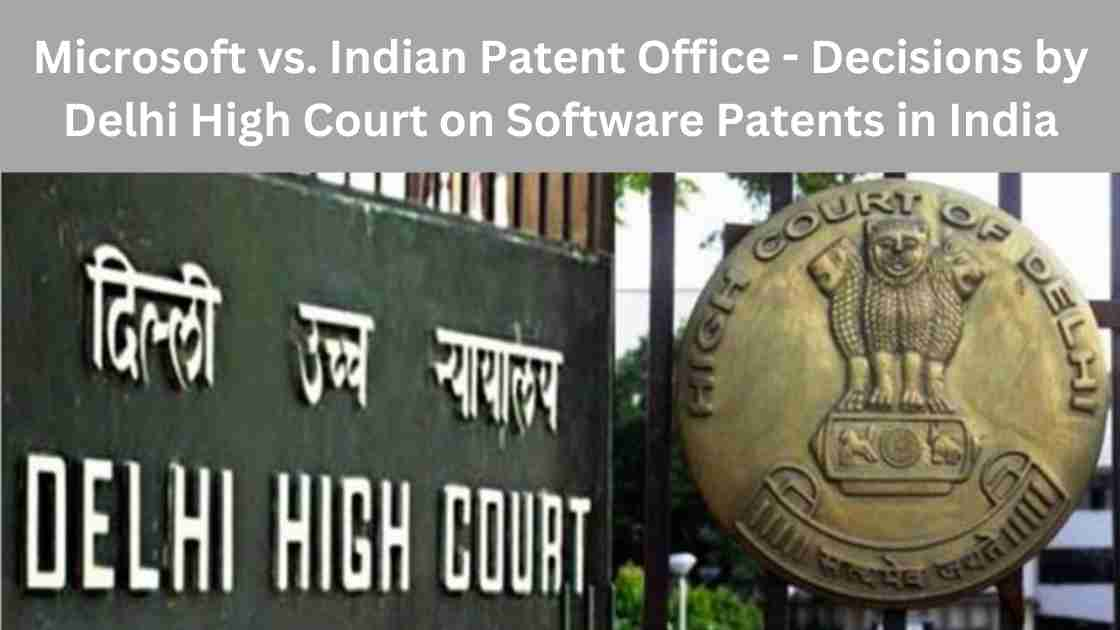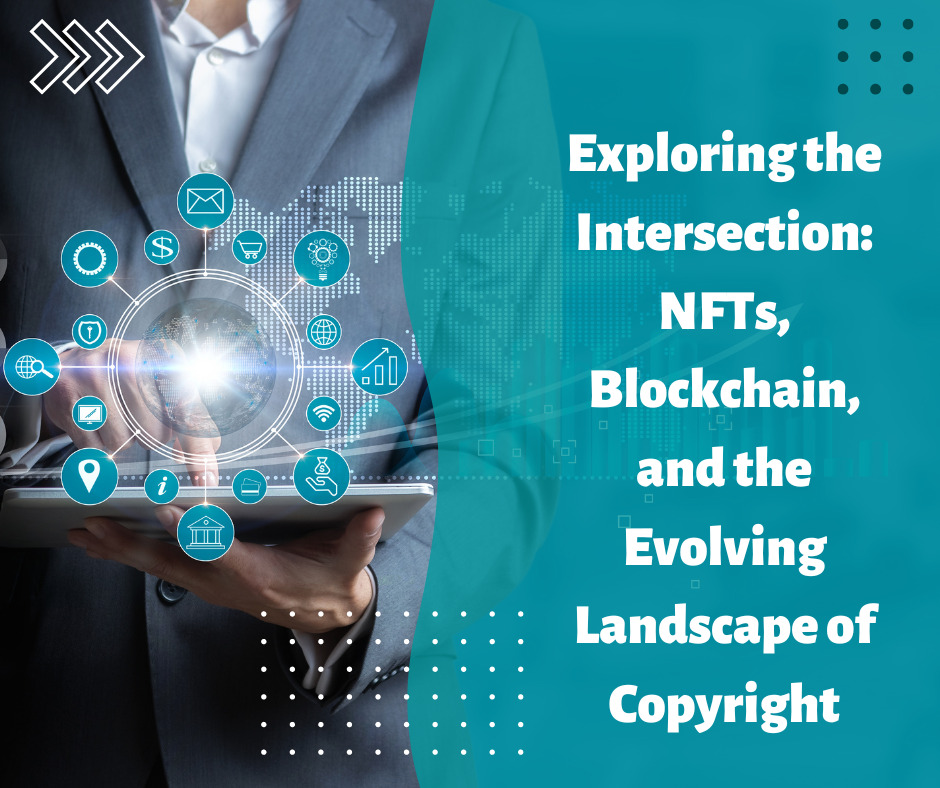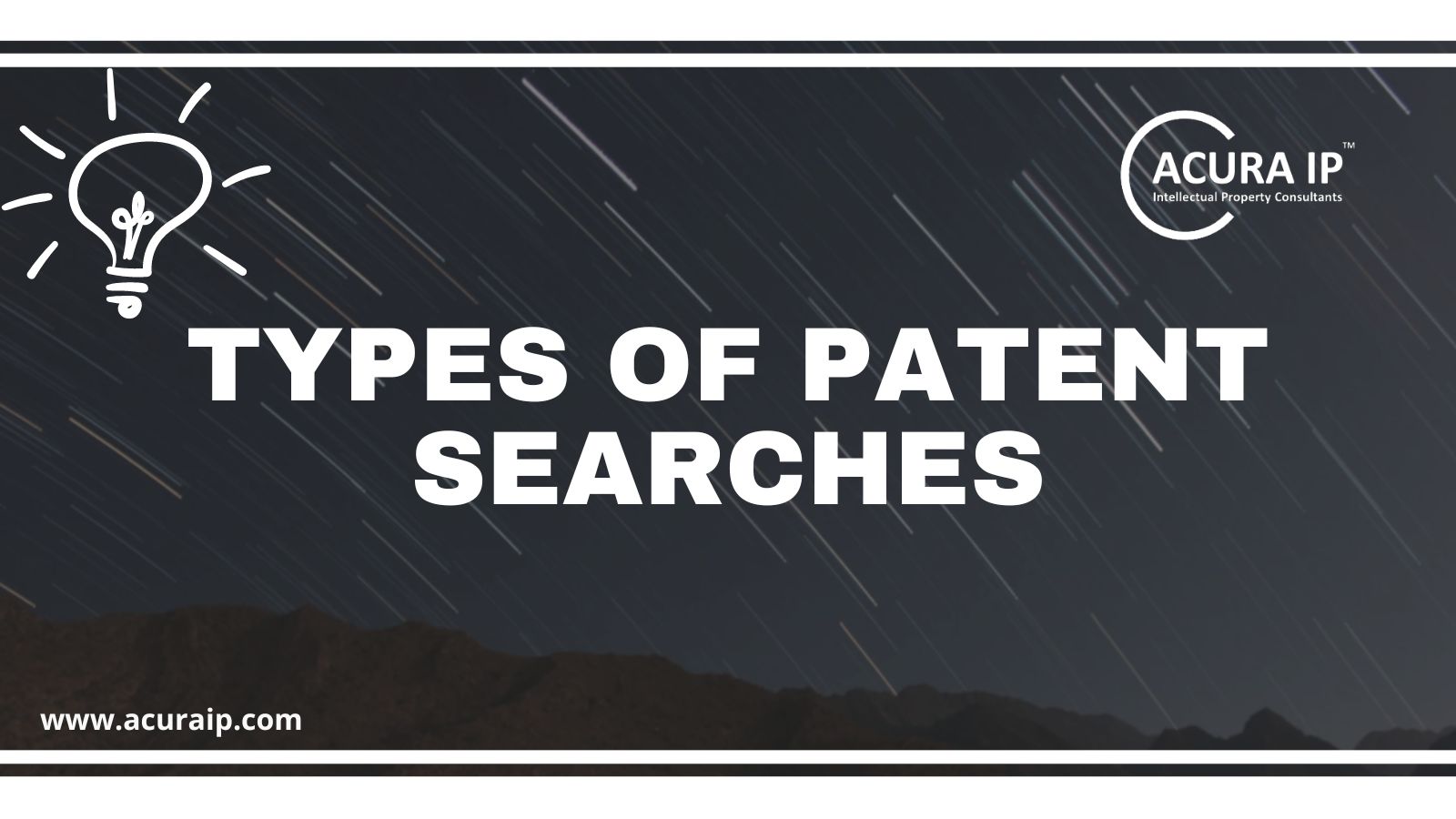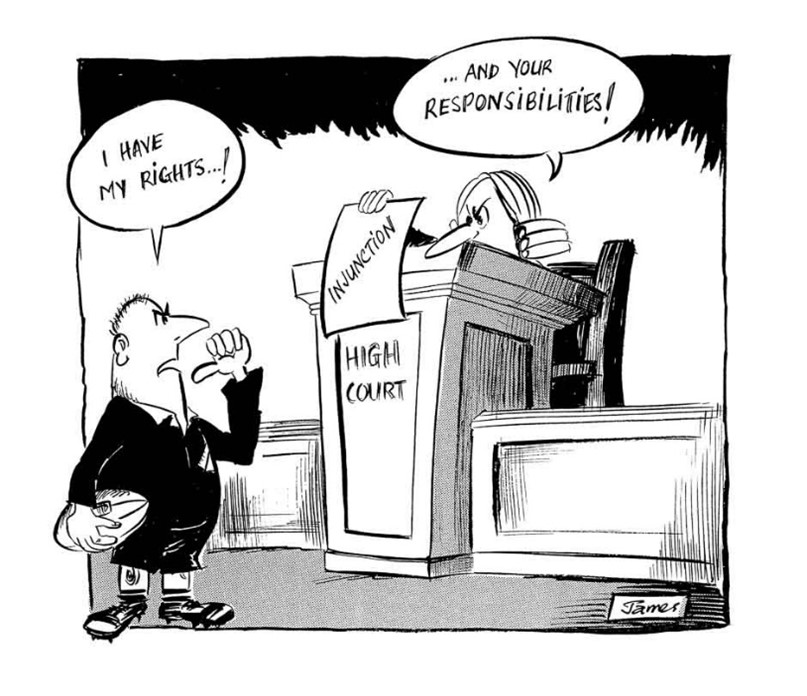Author: Sutapa Jana

Microsoft vs. Indian Patent Office – Decisions by Delhi High Court on Software Patents in India
The part of this series focuses on the two recent judgments of the Delhi High Court passed in the statutory appeals filed by one of the leading technology giants Microsoft in the matters of Microsoft Technology Licensing, LLC v. The Assistant Controller of Patents & Designs[i], and Microsoft Technology Licensing LLC v. Assistant Controller of Patents and Designs[ii]. These judgments pertain to statutory appeals against refusal of a grant of patent applications, whereby the Delhi High Court has recommended the Indian Patent Office to adopt a broader strategy in appraising computer-related inventions. Such inventions are to be examined from the standpoint of their technical improvements and their functional significance in addressing concrete issues brought forth by such creations. The judgments provide an opportunity to revisit the concepts embodied under Section 3(k) of the Patents Act, 1970. Brief Facts: 1. Microsoft Technology Licensing, LLC v. The Assistant Controller of Patents &…

Understanding Copyrights & Cover Versions: A Detailed Exploration
Introduction The world of music is vast and filled with creativity, with musicians often drawing inspiration from others. This can lead to the creation of cover versions of original songs, a widespread and popular practice in the music industry. But how do copyrights interact with cover versions? What all safeguards an artist needs to take for developing a cover version? To understand this, one must delve into the intricacies of copyright law and its implications for cover versions. Definition of Cover Versions As per Section 31C of the Copyrights Act, 1957, a cover version, subject to the provisions of the said Section, is a sound recording in respect of any literary, dramatic or musical work, where sound recordings of that work have been made by or with the licence or consent of the owner of the right in the work. In one of the first matters pertaining to label records,…

Exploring the Intersection: NFTs, Blockchain, and the Evolving Landscape of Copyright
BLOCKCHAIN TECHNOLOGY In order to understand the concept of NFTs, it is important to delve into the concept of blockchain technology. Blockchain technology has been in the forefront of the technology domain for last few years. Basically, the blockchain is a method of recording information, that is difficult to be changed, hacked or manipulated by the system. Blockchain technology is a structure that stores data in blocks that is linked together in the form of a chain. It is basically referred to as a “digital ledger” that duplicates and distributes transactions across the network of computers participating in the blockchain. The blockchain technology ensures chronological consistency by requiring consensus from the network before any modifications or deletions can be made to the chain. This feature makes it possible to create an immutable ledger that can track transactions such as orders, payments, and accounts. The system has integrated safeguards that prevent…

Increase in Patent Filings by Academic Institutions
Introduction With a plethora of opportunities to quench one’s technological pursuits or showcase the creative abilities of the students, higher academic institutions can be considered to be the powerhouses for generating intellectual property (IP). The extensive research facilities provided by higher academic institutions such as incubation centers, and research sponsored through university and industry partnerships serve as breeding grounds for various breakthrough inventions. Similarly, academic institutions may also give rise to developments in other areas of IP. This may be some literary work in the form of some songs or drama or film scripts or artistic works in the form of a sculpture or even a painting. The list is endless to enunciate the numerous possibilities of IP in any academic institution. Recommendations of National IPR Policy, 2016 It is indeed the above reasons that may have inspired the drafters of National IPR policy to provide certain recommendations on how…
Patent vs. Trade Secret
There have been various forms of intellectual property (IP) which encompasses patents, trademarks, copyrights, etc. To know more about IP, please refer to the article “What are Intellectual Property Rights?”. Amongst different forms of IP, patents have been unarguably the best mode of IP protection available to any invention in the form of a product or a process. However, recently, trade secrets have become an important part of the IP portfolio of any organization. Both patents and trade secrets can be used to protect inventions, formulae, process steps, and ingredients in a composition. However, it depends on the nature of the information and the applicant who is required to assess the best mode of protection for such information. To do so, it is essential to understand the important ingredients and requisites of patents and trade secrets. While the law relating to patents is codified and well developed through judicial precedents,…

Recent FAQs Published by the Indian Patent Office on Form 27
The Indian Patent Office recently released a comprehensive FAQ document…

A Comprehensive Guide to Patent Searches: Types, Examples, and When to Use Them
Patent searches are a crucial aspect of the patenting process.…

Microsoft vs. Indian Patent Office – Decisions by Delhi High Court on Software Patents in India
The part of this series focuses on the…

Case in Point: Sun Pharma Ltd vs. DWD Pharma Ltd
Case in Point is a new series where…
Categories
Recent Discussions
Recent FAQs Published by the Indian Patent Office on Form 27
The Indian Patent Office recently released a comprehensive FAQ document regarding Form 27, aimed at clarifying the requirements and procedures for patentees and…
Recent Discussions
A Comprehensive Guide to Patent Searches: Types, Examples, and When to Use Them
Patent searches are a crucial aspect of the patenting process. Whether you're an inventor, entrepreneur, or a legal professional, understanding the different types…
